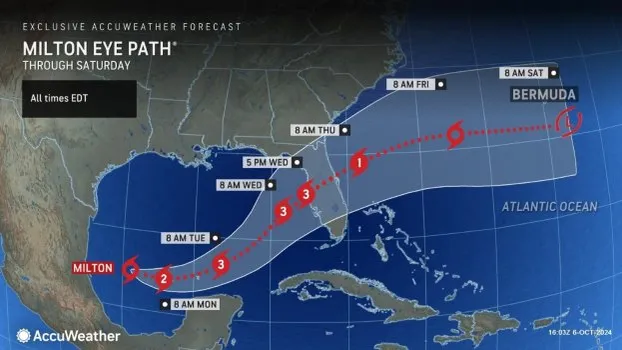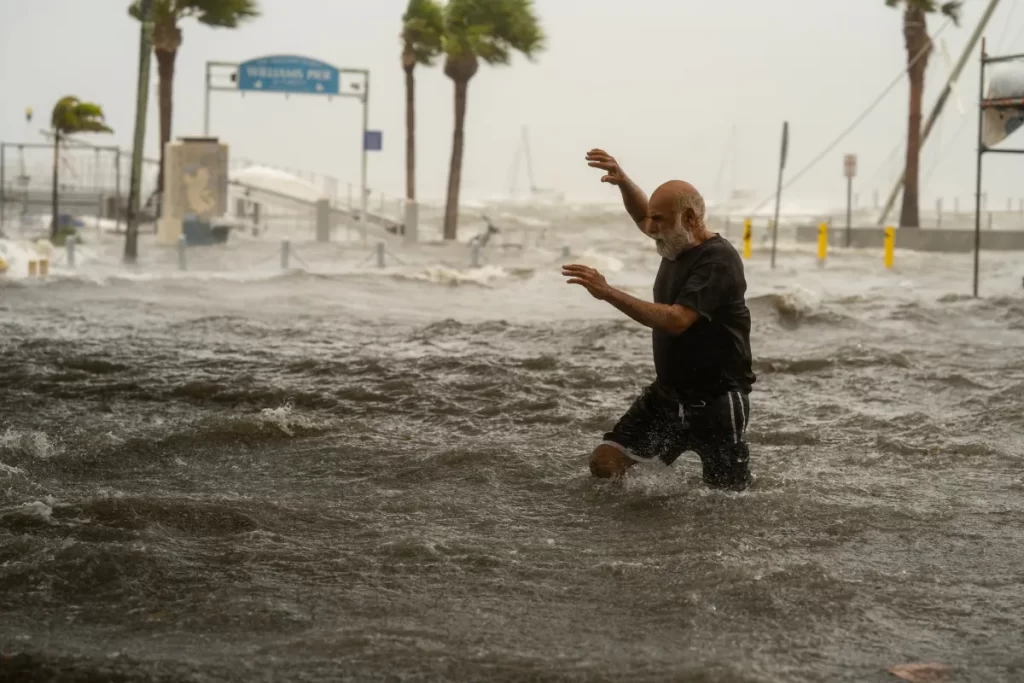Florida residents know all too well the annual anticipation that hurricane season brings. From late May through November, the looming threat of powerful storms is a constant reality. However, with this threat comes an opportunity to build resilience, both individually and as a community. This guide explores the anatomy of hurricanes, their historical impact on the Sunshine State, and the vital steps you can take to protect your home and loved ones.
Understanding Hurricanes
Hurricanes, also known as tropical cyclones, are formidable forces of nature. These storms form over warm ocean waters and are fueled by moisture-laden air. They are primarily categorized by their wind speeds, ranging from Category 1 (74-95 mph) to Category 5 (157 mph or higher).
According to Dr. Jane Doe, a renowned local meteorologist, “Understanding the science behind hurricanes and the importance of early preparation is key to protecting our homes and loved ones.” She emphasizes the need for awareness and education, as these powerful systems can quickly escalate from tropical depressions to major hurricanes.
Recent advancements in meteorology have improved our ability to predict these storms. The National Hurricane Center reports that the average lead time for hurricane warnings in the Atlantic Basin has increased by about one day over the past 50 years. This increased warning time provides residents with a crucial window for preparedness and evacuation.
The Impact of Hurricanes in Florida
Florida has a long history of enduring some of the most devastating hurricanes. From the infamous 1928 Okeechobee Hurricane to the more recent Hurricane Irma in 2017, these natural events have left lasting scars on the landscape and in the memories of those who lived through them.
Consider the story of a coastal town resident who recounted their harrowing experience of evacuating with their family during Hurricane Irma. “We made the decision to leave early, and it was the best choice we could have made,” they shared. “Having a plan in place saved us a lot of heartache.”
In 2020, Florida experienced an unprecedented number of tropical cyclones, with five making landfall. The state’s vulnerability is underscored by the fact that it accounts for 35% of the total insured losses from hurricanes in the United States between 1986 and 2015.

Hurricane Preparedness
Effective hurricane preparedness begins at home. Emergency Management Director John Smith advises, “Hurricanes are a fact of life in Florida, but preparedness can significantly mitigate their impact on our communities.”
Key steps include assembling an emergency kit with essentials such as water, non-perishable food, and important documents. It’s crucial to have a well-thought-out evacuation plan, especially if you live in a coastal or flood-prone area.
This sentiment is echoed by Fire Chief Michael Brown, who stresses, “Evacuation orders are not to be taken lightly. It’s a decision of life and death.” Adhering to official warnings and orders can mean the difference between safety and tragedy.
Community Preparedness
While individual preparation is vital, community-wide efforts can reinforce resilience. Mayor Jane Johnson calls for collective action, stating, “Our community’s resilience is evident in our proactive approach to hurricane preparedness. Together, we can weather any storm.”
Community initiatives such as preparedness fairs and training workshops significantly enhance overall awareness. One community leader shared their experience organizing such an event, noting the positive impact it had on residents’ readiness.
The Aftermath: Recovery and Support
Returning home after a hurricane can be a daunting experience. One family recounted riding out a storm at home and shared their decision-making process, emphasizing the importance of being well-prepared.
Post-storm safety is paramount, as hidden hazards like downed power lines and contaminated water can pose serious risks. Support networks and resources play a crucial role in recovery. Access to shelters, food banks, and financial assistance can help ease the transition back to normalcy.

Conclusion
Hurricanes are an inevitable aspect of life in Florida, but preparation and community resilience can make a significant difference. By understanding these storms, preparing thoroughly, and fostering a sense of community, we can all contribute to a safer, more resilient future.
Let’s come together to share information, support one another, and ensure that we’re collectively prepared for whatever storms may come. Remember, our strength lies in our unity, and together, we can weather any storm.





